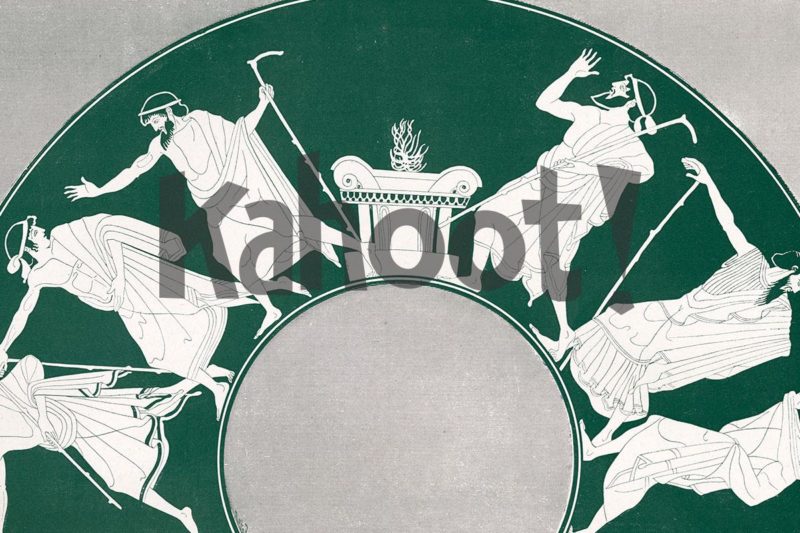Deborah Dicks teaches Latin, Ancient Greek, Ancient History and Classical Civilization in The Royal Grammar School in High Wycombe, UK. Epic subjects if ever we saw them – and definitely not simple! Yet, Deborah manages to get her class really engaged and excited about them. We interviewed her to find out what the secret is.

Deborah, let’s start with a high-level question – how did technology find its way into your classroom – game-based tools in particular?
I believe there should be room for fun in the classroom. This is why gamification has a huge role in my teaching. Pupils learn best when they are enjoying themselves, and games help with this. I have always tried to create games (usually with hand-drawn bits of card), but Kahoot! made this so much easier.
Technology also helps with getting instant feedback. I need it to assess progress and adjust teaching accordingly. On top of that, it helps instill confidence in pupils and to analyze their strengths and weaknesses.
What are the main use cases for Kahoot! in your class?
Kahoot! gives me an ideal way to assess pupils’ knowledge of vocabulary and grammar, instant feedback so that I can deal with areas of weakness, and even to introduce new topics through blind Kahoots. In addition to vocabulary and grammar quizzes, we also play Jumble kahoots for dates or the chronological order of events in the books we study.
The key difference between Kahoot! and any other quiz is that the pupils don’t see it as a test. Unlike tests, they want to do a kahoot! Unlike tests, they ask me to do a kahoot! I can’t think of any other AFL tool that creates such excitement amongst the pupils.
We know you’re quite a big fan of blind Kahoot!’ing. What’s your take on this special way to play Kahoot!?
I weave in blind Kahoot!’ing into the class for better dynamics and impact. For instance, I might start the class with a kahoot which has questions that relate to previous lessons. This gets the buzz going and builds up confidence for the next game. Which is – I introduce something they don’t know.
This could be a new term or piece of grammar. In this case, I then scatter this same question (easy with Kahoot!’s duplicating feature) throughout the quiz. Alternatively, it could be something that they could figure out, either from a natural progression from the questions before, or from process of elimination. This means I give them a question on something they don’t know and of the four possible answer options, only one of them is a term they haven’t seen before. Again, I would repeat this later in the quiz.




